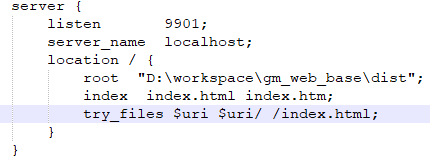At the moment I'm trying to create an UICollectionView, that should display a simple excel-like-spreadsheet, with rows and columns. This should be an easy task with UICollectionViews, I believed. And I really would like to do the implementation in UICollectionView, not in any grid framework.
But at the moment I'm hanging a little bit. What I've figured out is, that I unfortunately can't use a UICollectionViewDelegateFlowLayout, because this only supports scrolling in either horizontally or vertically direction. But I need scrolling in both directions.
Therefore I have to use a UICollectionViewLayout, but for this I didn't find good examples, how to use it. Has anyone of you an example, how to subclass an UICollectionViewLayout to support rows and columns?
Thanks in advance.
UICollectionViewFlowLayout definitely can't - "The grid layout scrolls along one axis only, either horizontally or vertically."
It is a subclass of UICollectionViewLayout. Seems like you could create your own subclass of UICollectionViewLayout and scroll in both directions.
What do you mean by page, you want to do paging like a scrollview? I'm wondering about using UICollectionViewFlowLayout in a UICollectionView for vertical scrolling, inside a UIScrollView for horizontal scrolling.
I've added an example of using a custom layout to implement a simple horizontal & vertical scrolling grid here https://github.com/neildavis/MyCollectionView
My example uses PSTCollectionView since I needed iOS 5 support, but it's API compatible with built in UICollectionView. (Actually it uses the compatibility classes (PSUICollectionView etc) provided to ensure it uses a UICollectionView on iOS 6 and falls back to using PSTCollectionView etc on iOS 5.) Just remove the 'PS' prefix on these to revert to iOS 6 only UIKit implementation.
Answer that doesn't require dissecting a 3 sample projects
In your UICollectionViewLayout subclass:
- Implement
-(CGSize)[collectionViewContentSize] and return a size larger in height and width than the UICollectionView's size. (Accessible via: self.collectionView.frame.size)
- Calculate layout for your
UICollectionViewCells within the content size rather than the frame size.
Note: Make sure scrolling is enabled in the UICollectionView. (It's on by default.)
I needed something similar. I created a Custom CollectionViewLayout.
https://github.com/akashraje/BidirectionalCollectionViewLayout


